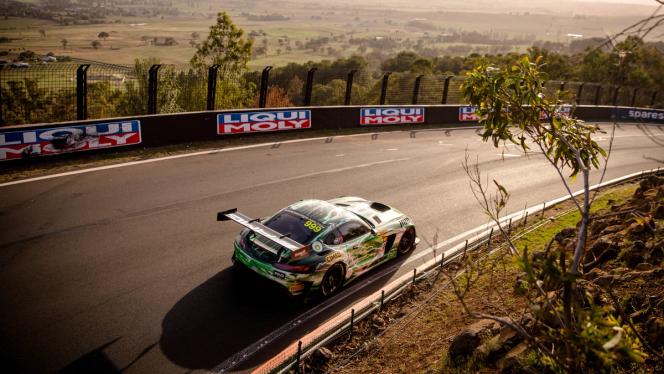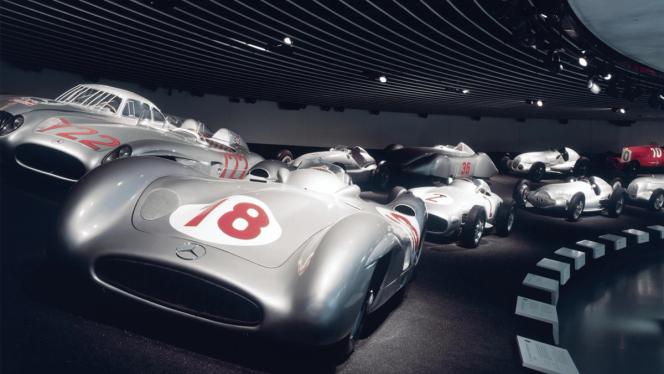Wanted: The next champion
Inside: Recruiting the next F1 star
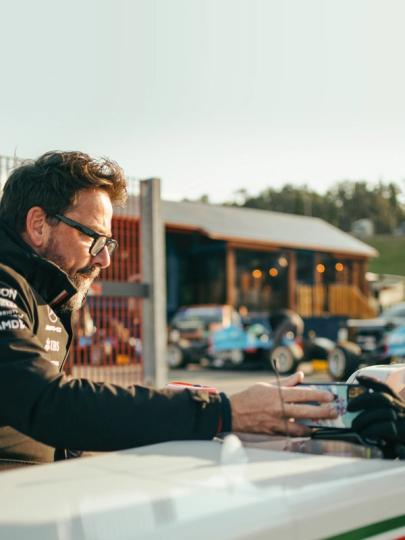
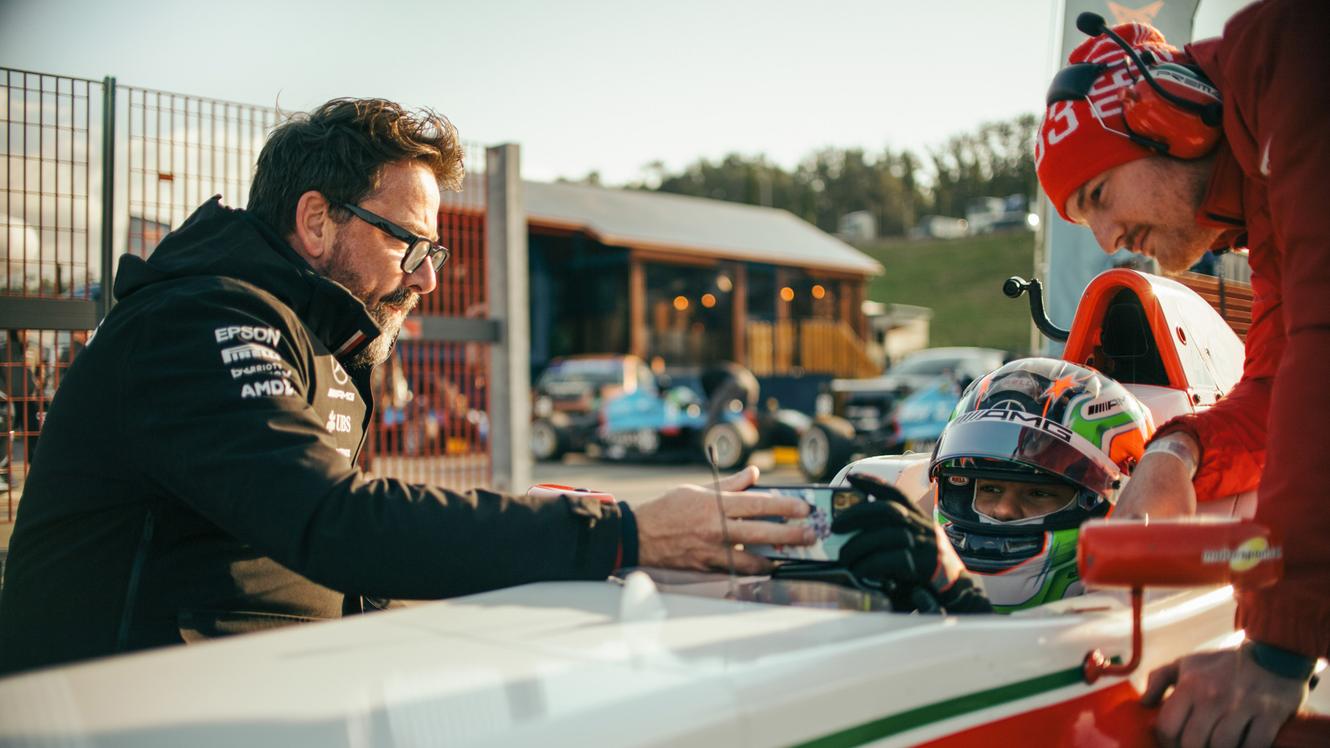
Talent is something that rises to the surface early on. Many who make it to the top of their discipline seem to be born with it. But without encouragement and diligence, talent remains nothing but promise. A rough diamond that lacks the polish to become a jewel. You could say that Gwen Lagrue is the jeweler in the Mercedes-AMG Petronas Formula ONE Team: The Frenchman is in charge of the junior programme for aspiring professional drivers.
He scouts talented drivers, recruits them, takes them under his wings, and "polishes" them until they shine in the top class of motorsport. Alex Albon was one of his protégés, and Esteban Ocon and George Russell made the leap from the Mercedes-AMG Petronas Formula ONE Team’s junior programme to Formula One under his guidance.
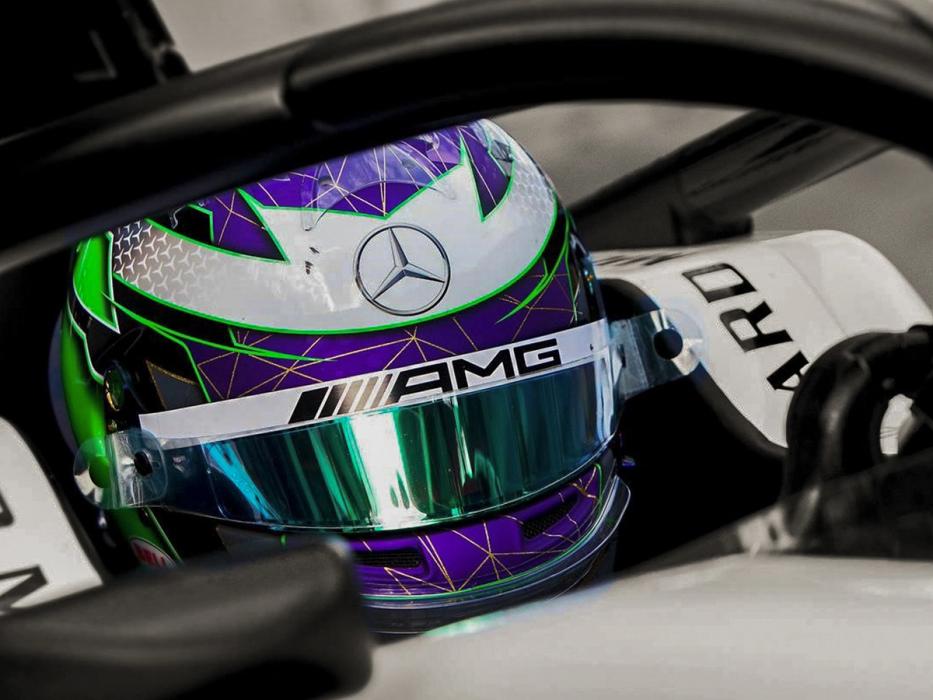
It's a long road to the top class, and it starts where most dreams of great motorsport begin – in karting. "We select the drivers when they’re about 11 years old. They're already racing at an international level at that age," Gwen says, so they’ve already proved that they’re fast. Gwen pays attention to other things, too. "Performance is just the foundation," he explains. "What interests me about the guys is the way they race, their consistency. But the most important thing for us as a team is that they have the right approach to racing early and the right attitude for us to take them to the top."
It's important that this choosing process happens early, explains Gwen: "We need to find drivers with potential when they're 11 or 12 because they soak up all knowledge like a sponge at that age." Gwen and his team know exactly what they expect from aspiring drivers, what skills and attitudes they need for Formula One. "A driver who’s 19 or 20 years old has already developed their individual style and habits. That makes it difficult because I don't want to change the drivers. I want to be able to teach them things," Gwen says.
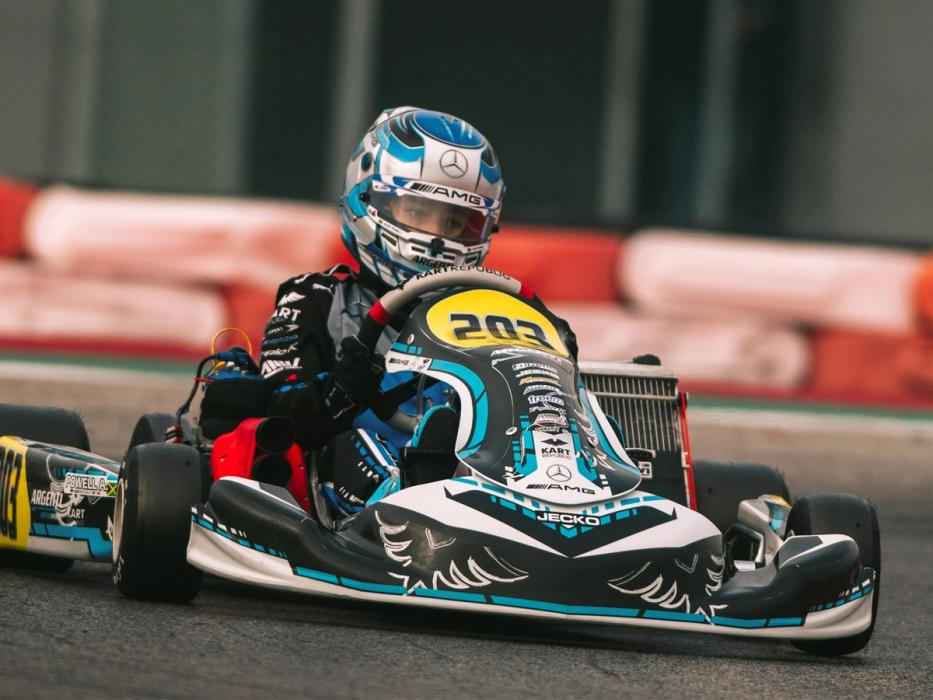
So when Gwen and his scouts are at the karting tracks, they’re not always on the lookout for the fastest drivers. "This might sound strange, but in karting, the best driver doesn't always win," Gwen says. Candidates need to be consistently upfront, but that's just the beginning: "We look for drivers who have all the human qualities that make a champion: a certain mindset, maturity, humility, and gratitude towards the team. Those are the things that make a candidate special. That's what we’re looking for."
Gwen usually travels to karting events with a list of potential candidates. They can be drivers who’ve caught his own eye, the eye of the people around him, or other candidates who’ve been recommended to him. "I have to make sure we don't overlook any talent," he says. The next step is observing the candidates at the karting track, of course, but also on a more general level.
Gwen attends about six karting events a year. Currently, there are four kart drivers on the team. One, Andrea Kimi Antonelli, is moving up to Formula 4, and from there things should, hopefully, continue upwards.
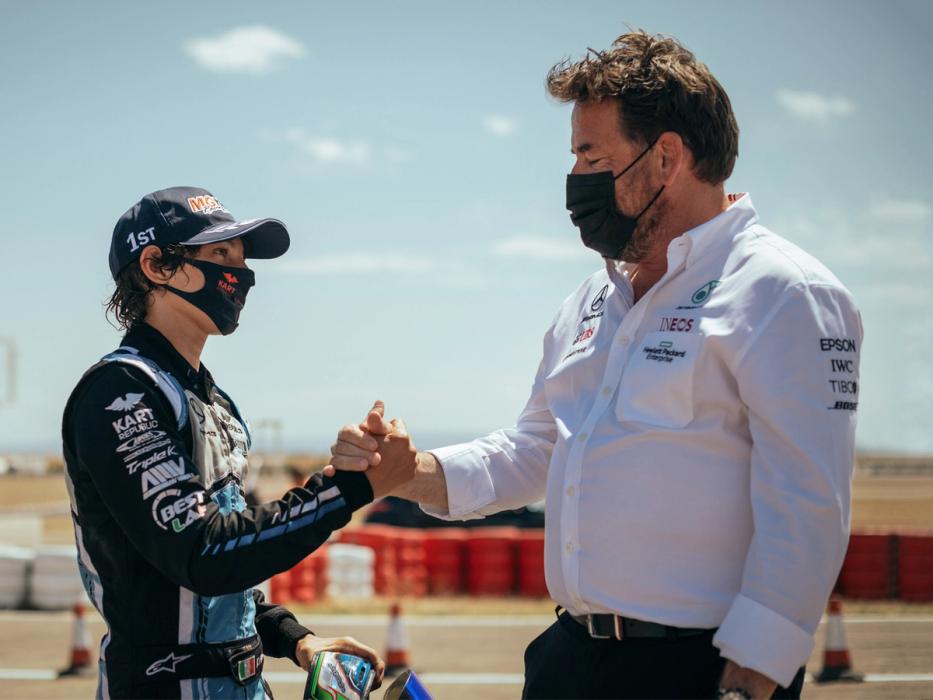
Gwen knows from his own experience how difficult that is. He himself has petrol in his blood and dreamed of a racing career. His father was an amateur racing driver, so becoming a passionate Formula One fan was kind of a given. Even as a boy, Gwen sat in the stands at the races. He especially remembers the legendary duel between Gilles Villeneuve and René Arnoux at the 1979 French Grand Prix in Dijon. Arnoux described the battle for second place as "the best race in the world."
Gwen's path soon led to him being behind the wheel of a kart and then of a Formula Ford before he concentrated on rallying. At some point, Gwen had to accept that passion alone is not enough to make it to the top. But passion is a strong driving force. After a stint in the military and as a car dealer, he went back to school. He studied law, economics, and sports management, and finally ended up entering Formula One in 2009, where he helped set up the driver development programme for the Renault racing team. In 2015 he was approached by Toto Wolff, head of the Mercedes-AMG Petronas Formula ONE Team. Since then, Gwen has led the team’s junior programme.
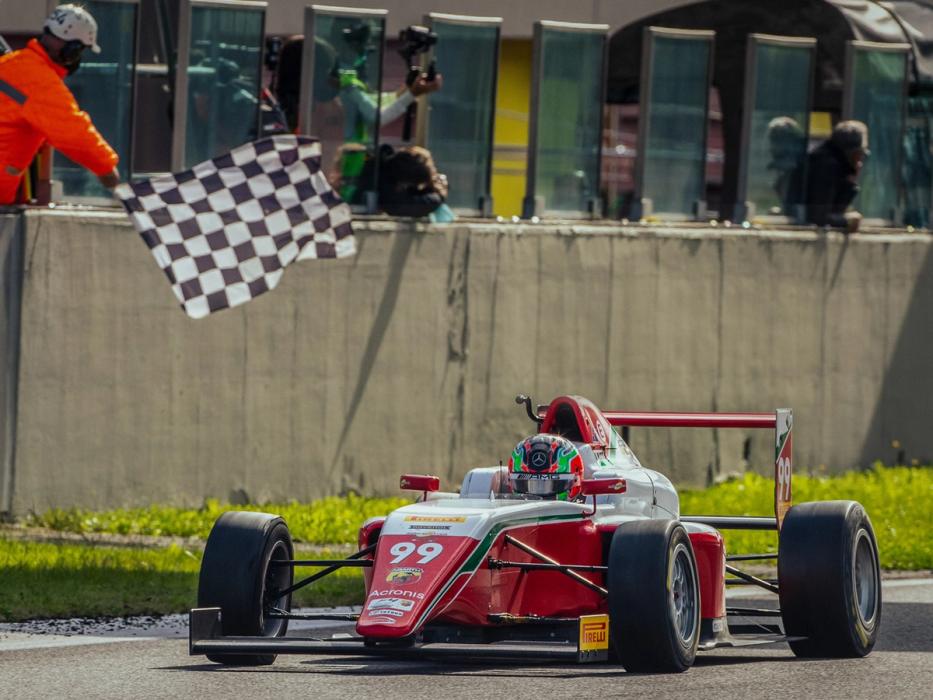
"I think our approach is different from other junior programmes because we select very few young drivers. It has to do with loyalty," Gwen says about the approach. "We don't see ourselves as managers – I don't like the term manager – but consider ourselves responsible for the careers of our young drivers. It's about commitment, dedication, performance and results. It's the way we keep questioning ourselves to keep getting better that sets us apart."
These values and ideals make it easier for Gwen and his team to attract young drivers to the Mercedes-AMG Petronas Formula ONE Team. "When we approach the guys, they’re usually impressed by our outlook and delighted that we got in touch with them," he says. Bringing them into the team is easy, but that's where the work really begins: "When we sign a junior driver, we take on responsibility for his life and career. There's more pressure on us than on them," Gwen says.
Sure, the drivers have to deliver results. But we have to make sure we do everything we can to get them to the top.
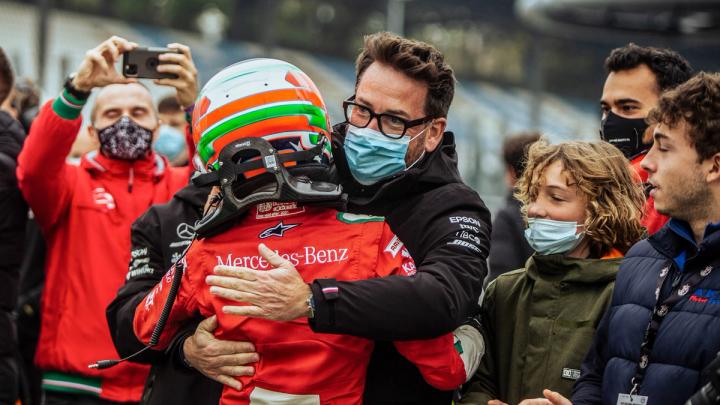
In the Mercedes-AMG Petronas Formula ONE Team, everyone knows that each individual is only as strong as the team. The drivers are the focus of public interest, but motorsport is still very much a team sport. "What a driver achieves is the work of hundreds or even thousands of people you don't see," Gwen says. Without mechanics, without chassis engineers, without the pit crew, without data analysts, catering staff, or all the people who contribute to his career, a driver can’t achieve results: "This is something we have to teach our young drivers. They need to understand that they can’t do it on their own."
One driver who’s already proving himself on the track is George Russell. Russell joined the team in 2017, the year he finished third in the Formula 3 championship. A year later he finished 1st in GP3, and in 2018 he won the Formula 2 championship. From 2019, Russell drove for Williams in F1.
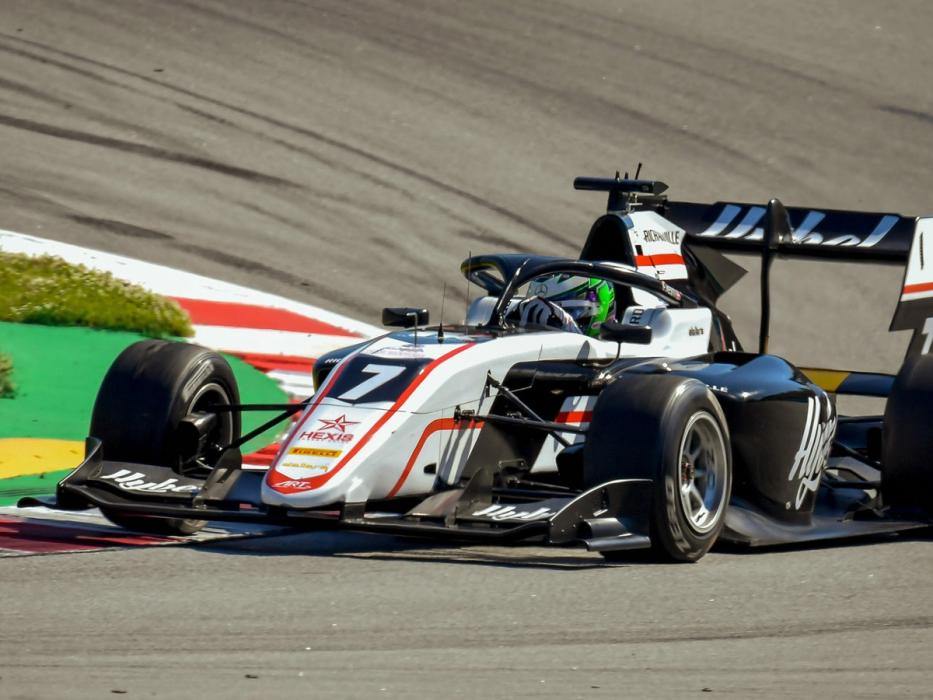
He scored his first points in 2020 in his first outing for the Mercedes-AMG Petronas Formula ONE Team as a replacement driver for Lewis Hamilton. It was a race that clearly showed why Formula One is a team sport. Russell started from the second position and led the field for much of the race. While it was a far from straight forward race and several elements did not go his way, he did score his first F1 points and showed strong potential. From then on, he continued his ascent at Williams. He finished the 2021 season with 16 World Championship points – not bad on a team that only scored 23 points in total.
For the upcoming 2022 Formula 1 season, Russell has earned a permanent seat at the Mercedes-AMG Petronas Formula ONE Team. He’ll replace Valtteri Bottas, who’s transferring to Alfa Romeo Racing. It will probably be a season in which Russell will have to prove himself more than ever before. After all, he’s driving the same equipment as seven-time world champion and record holder for race wins, pole positions, and podiums: Lewis Hamilton.
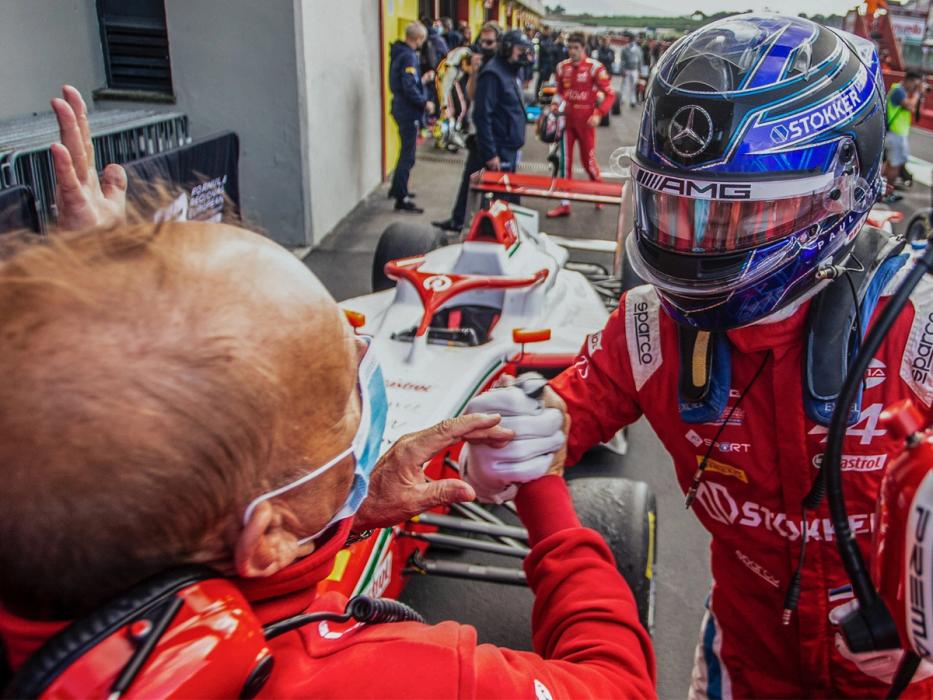
For Gwen Lagrue, this is a success story but no reason to celebrate just yet. "I'm thrilled with George's progress and the work we've done to this point. But for me, this is just the beginning," he says. "We'll be really proud when George does the job we expect him to do: hopefully, becoming world champion one day or at least becoming a driver the team can count on to compete at the top. A driver with a team that helps him to remain or to become world champion."
That's no minor ambition, but most drivers come into F1 with a professional attitude. "Motorsport has become enormously professional in recent years, even in karting. When young drivers start in Formula One, they’ve long been used to working with technicians and analysts," Gwen says. Twenty years ago, drivers came into Formula One at the age of 27 to 29, now they come in at 18 or 19: "What they bring in terms of sporting professionalism, they may lack in terms of life experience. It's important that we take that into account."
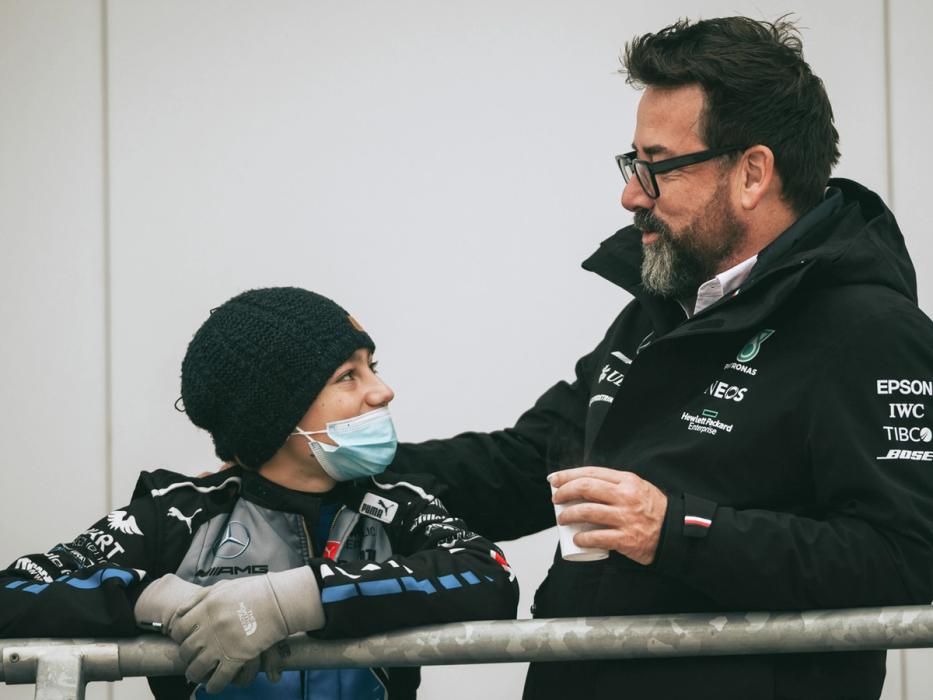
Motorsport is constantly evolving, just like other facets of life. But there’s definitely one area where it’s lagging behind. There have always been – and still are – very few women in motorsport, and especially in Formula One, a shortcoming that Gwen is aware of. "We would be extremely proud if our young driver programme brought the next woman into Formula 1," he says. But it’s not a question of talent. "For every girl who starts karting, 100 boys start at the same time. Out of those 100, maybe one has what it takes to be in Formula One," Gwen explains. "The chances for that one girl are pretty low mathematically."
To improve the odds of developing what it takes, women have to start early. "We need to work on making motorsport more accessible for girls," says Gwen. "We’re already doing that, but you have to be realistic. It will take another few years before we see the next woman in Formula One. Hopefully, that will be at our team." The talent scout’s work is clearly not done yet.
